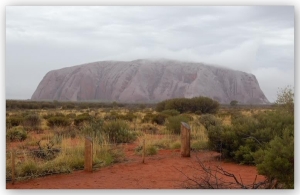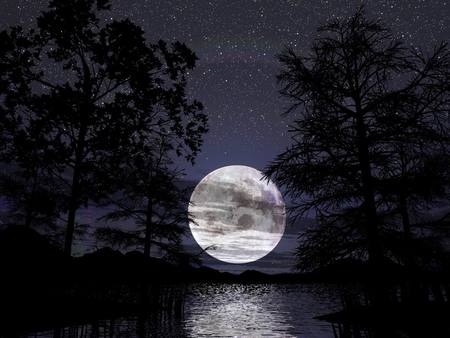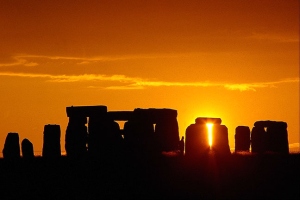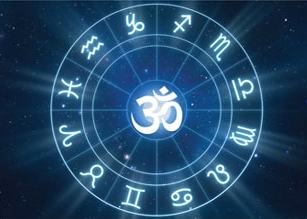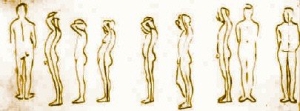 This month we look to the energies of the nakshatras to see where the energies are flowing and the gunas - impulses to action - flow. We all have differing balances of the gunas. Planets and nakshatras both have guna qualities as do signs and houses, so another way of taking up what Vedic Astrology has to offer. We note several planets will bring challenges to all, just as the world faces challenges and solutions at the Paris Climate Change conference. May we look to the planets for our welfare!
Read more
This month we look to the energies of the nakshatras to see where the energies are flowing and the gunas - impulses to action - flow. We all have differing balances of the gunas. Planets and nakshatras both have guna qualities as do signs and houses, so another way of taking up what Vedic Astrology has to offer. We note several planets will bring challenges to all, just as the world faces challenges and solutions at the Paris Climate Change conference. May we look to the planets for our welfare!
Read more ![]()

